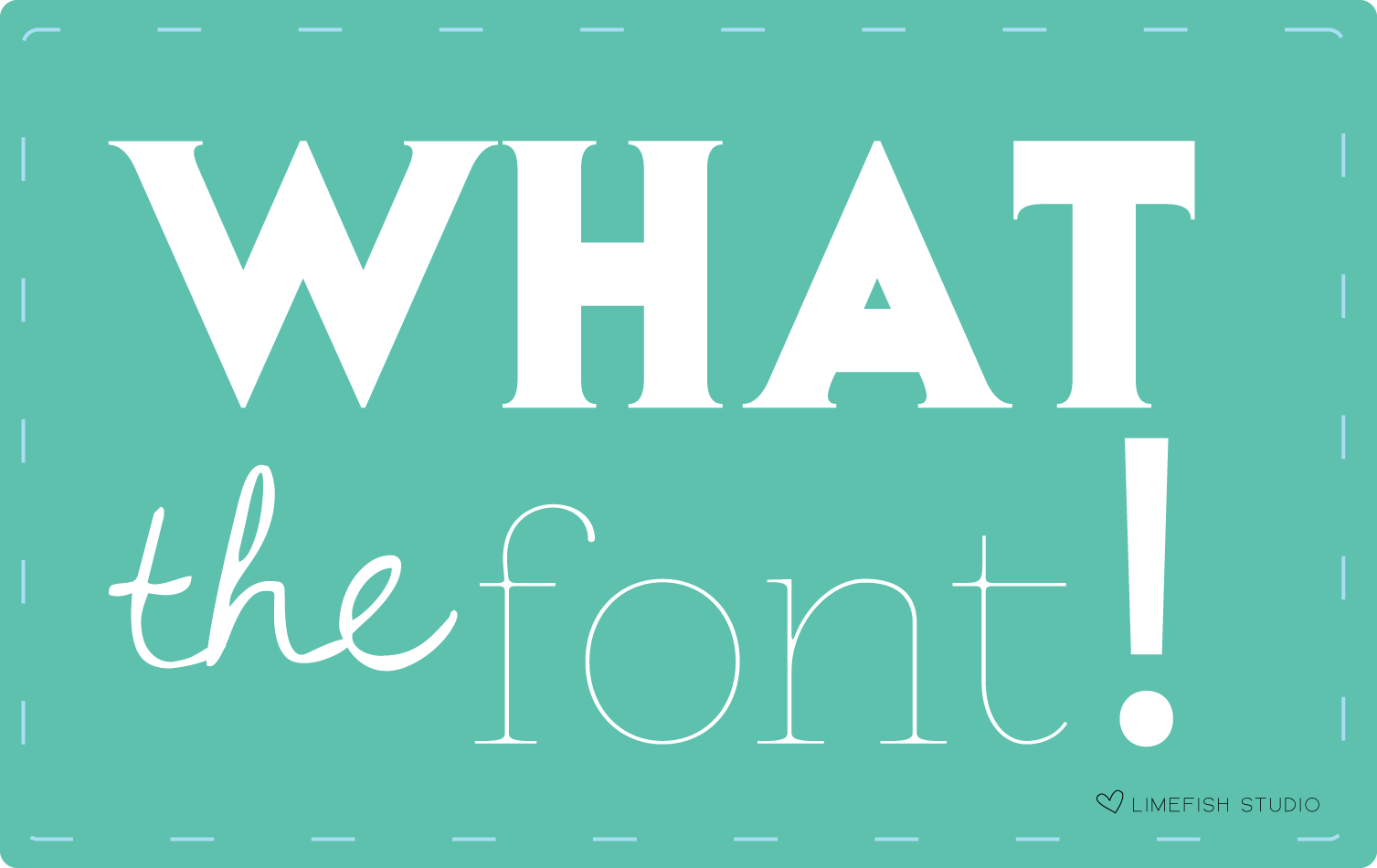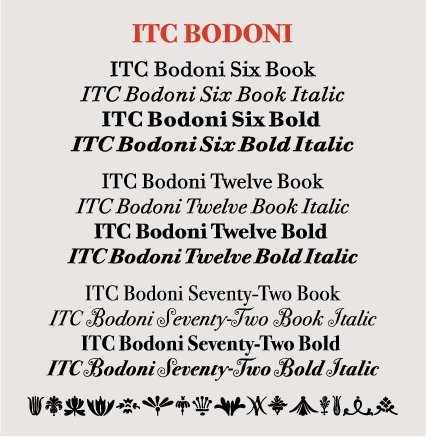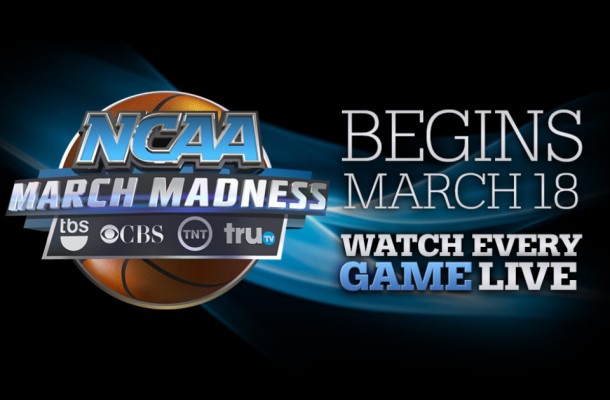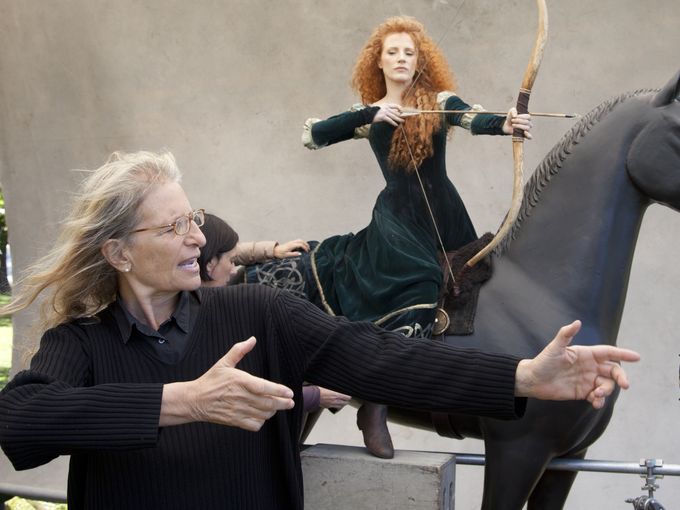
Marketing has been transformed by social media over the last few years and many businesses are now making digital solutions a large part of their strategy. However, digital solutions can only go so far with your potential clients. Thankfully, some traditional marketing tools, like direct mail, can still provide massive exposure.
Here are just a few ways why combining traditional marketing options with your digital strategy can make it more successful.
Print is Better for the Brain
Just because our eyes spend hours looking at a screen every day doesn’t mean it’s the ideal form of communication. Studies show that people require 21% less brainpower to read a page of print than a page of online text and can recall the name of the business 75% better when printed.
When crafting your marketing strategy and combining direct mail and digital marketing, the digital strategy can give you quantity and greater reach, but print offers quality and staying power.
You Have Your Reader’s Full Attention
The problem with digital advertising is that while you are able to reach a wide selection of potential clients with one message, you are only one message in a full inbox. Unless you have an eye-catching subject line, the odds are high that you can get lost in the system.
With real mail advertising, you’ll instantly stand out in the eyes of the recipient in a much smaller pool of daily mail. The best part? You’ll also pop back into your recipient’s minds every time they see your flyer on their coffee table or fridge, giving your marketing strategy greater longevity.
Greater Opportunity for Creativity
Whether it’s the physical presence of the ad or the way we carry it around with us, there’s something tactile about a direct mail flyer that no amount of paid online ads or SMS deals can ever compete with.
One of the best ways you can take advantage of this is to change the gloss or texture of your flyer and customize it to stand out against the rest of the envelopes in a person’s mailbox. You can even include valuable gift cards in your marketing to further entice and attract your clients!
Marketing today requires a complex strategy to merge the real and digital worlds and keep your clients hooked. If you’re looking for proven ways to stay in your clients’ minds and consistently promote your business, give the staff at RSVP Upscale Offers a call today at 888-958-7787 or visit us online to see our wide selection of direct mail marketing options.






 image being online and an image being public domain.
image being online and an image being public domain.









